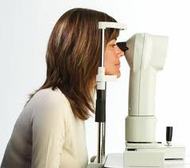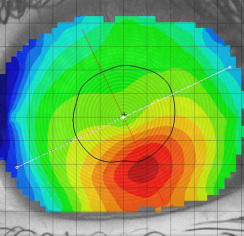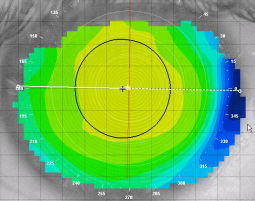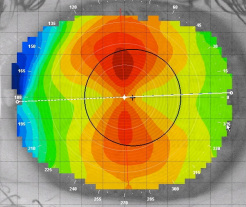How is it diagnosed?

Although the understanding of keratoconus is steadily growing among optometrists, unfortunately it is not uncommon for keratoconic patients to be misdiagnosed (particularly in mild cases). Early diagnosis of most ocular conditions (including keratoconus) is important for the best management of the patient.
Experience and technology play an important role in diagnosing early keratoconus. Any person with a family history of keratoconus should undergo testing, as their chance of developing the condition is much higher than average. Children of keratoconus patients especially should be examined regularly as evolving treatments offer the potential to hault the progress of the condition. link to pdf
Experience and technology play an important role in diagnosing early keratoconus. Any person with a family history of keratoconus should undergo testing, as their chance of developing the condition is much higher than average. Children of keratoconus patients especially should be examined regularly as evolving treatments offer the potential to hault the progress of the condition. link to pdf
Corneal Topography

Corneal topography (also known as corneal mapping) is performed using a computerised instrument that captures an image of the corneal surface and after analysis, displays that information as a kind of "map" of the cornea. This information is presented much like the topographical map of a mountain range, showing the peaks and valleys of the irregular cornea. The sensitivity of these instruments makes them a incredibly valuable tool in the early diagnosis of keratoconus and the ongoing management of the condition.
Topographical Maps

The topographical image to the right represents a typical keratoconic map. It is easy to see the asymmetrical pattern with the red area representing the protruding area the cornea below the centre.

The map to the left represents a non-keratoconic cornea. Note the symetrical pattern centred aroung the middle of the cornea.

This map represents regular astigmatism. Note the "figure-8" pattern is symetrical around the centre. This is not keratoconus.
